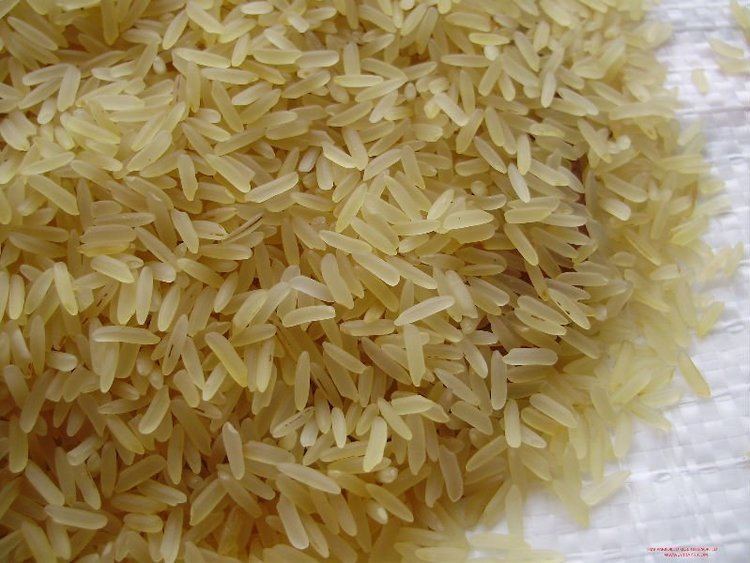 | ||
Similar Basmati, White rice, Broken rice, Arborio rice, Brown rice | ||
Parboiled rice
Parboiled rice (also called converted rice) is rice that has been partially boiled in the husk. The three basic steps of parboiling are soaking, steaming and drying. These steps also make rice easier to process by hand, boost its nutritional profile and change its texture. About 50% of the world’s paddy production is parboiled. The treatment is practiced in many parts of the world such as India, Bangladesh, Pakistan, Myanmar, Malaysia, Nepal, Sri Lanka, Guinea, South Africa, Italy, Spain, Nigeria, Thailand, Switzerland, USA and France.
Contents
- Parboiled rice
- hd how to cook parboiled rice shiddo chaler bhat english subtitles
- Process and chemistry
- Huzenlaub Process
- References
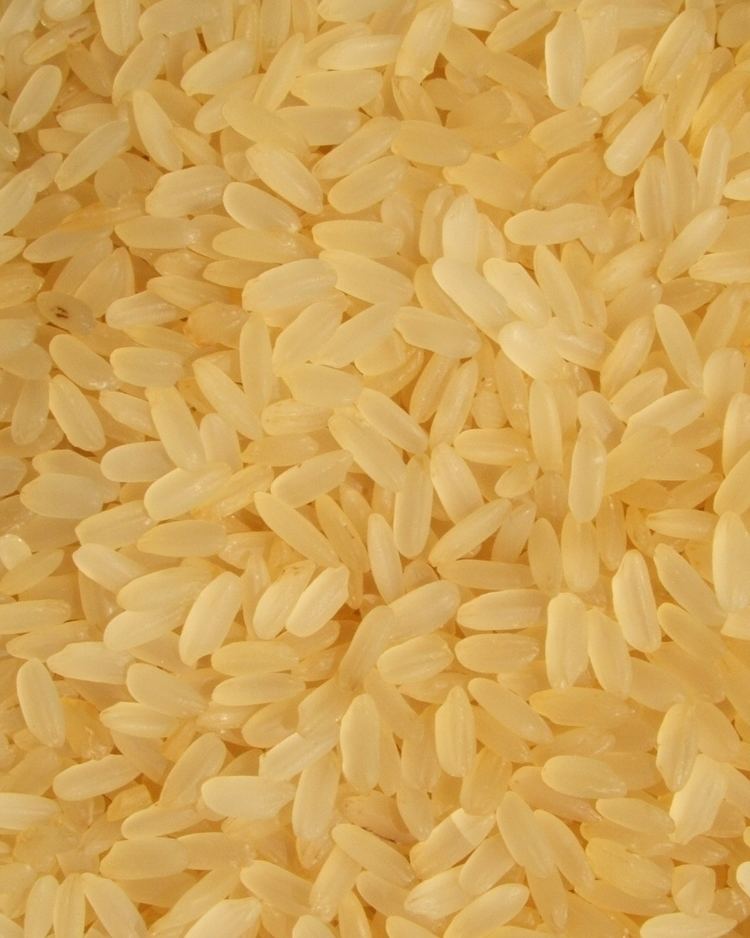
Rice is easier to polish by hand (removal of the bran layer) after parboiling but mechanical processing is harder since the bran becomes somewhat oily and tends to clog machinery. Most parboiled rice is milled in the same way as white rice.
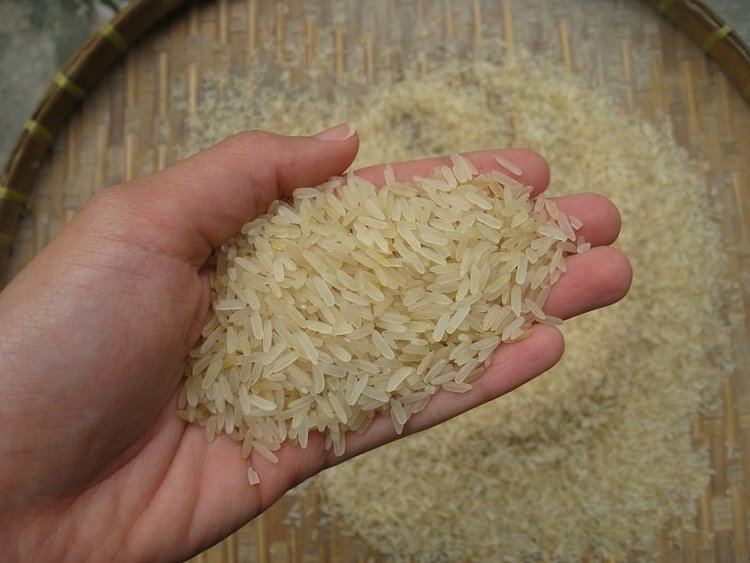
Parboiling drives nutrients, especially thiamin, from the bran to the endosperm, hence parboiled white rice is 80% nutritionally similar to brown rice. Because of this, parboiling was adopted by North American rice growers in the early 20th century.
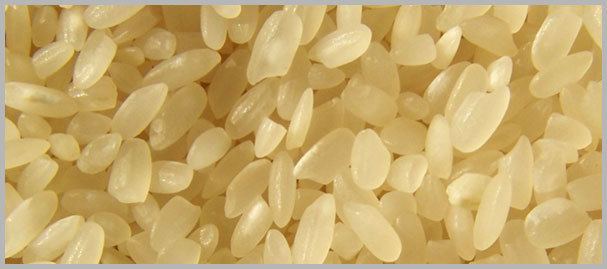
hd how to cook parboiled rice shiddo chaler bhat english subtitles
Process and chemistry

The starches in parboiled rice become gelatinized, then retrograded after cooling. Through gelatinization, amylose molecules leach out of the starch granule network and diffuse into the surrounding aqueous medium outside the granules which, when fully hydrated are at maximum viscosity. The parboiled rice kernels should be translucent when wholly gelatinized. Cooling brings retrogradation whereby amylose molecules re-associate with each other and form a tightly packed structure. This increases the formation of type 3-resistant starch which can act as a prebiotic and benefit gut health in humans. However, this also makes the kernels harder and glassier. Parboiled rice takes less time to cook and is firmer and less sticky. In North America parboiled rice is either partially or fully precooked before sale. Minerals such as zinc or iron are added, increasing their potential bioavailability in the diet.
Huzenlaub Process
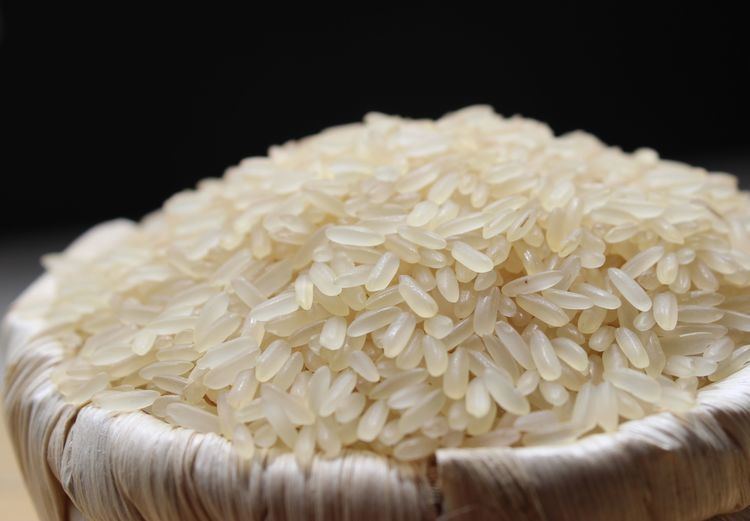
In older methods, clean paddy rice was soaked in cold water for 36–38 hours to give it a moisture content of 30–35%, after which the rice was put in parboiling equipment with fresh cold water and boiled until it began to split. The rice was then dried on woven mats, cooled and milled.

In the 1910s German-British scientist Erich Gustav Huzenlaub (1899–1964) and the British scientist and chemist Francis Heron Rogers invented a form of parboiling which held more of the nutrients in rice, now known as the Huzenlaub Process. The whole grain is vacuum dried, then steamed, followed by another vacuum drying and husking. This also makes the rice more resistant to weevils and lessens cooking time.
In even later methods the rice is soaked in hot water, then steamed for boiling which only takes 3 hours rather than the 20 hours of traditional methods. These methods also yield a yellowish color in the rice, which undergoes less breakage when milled.
